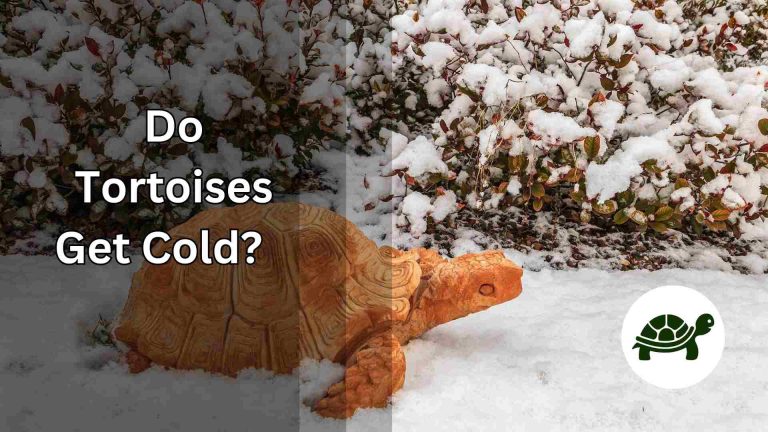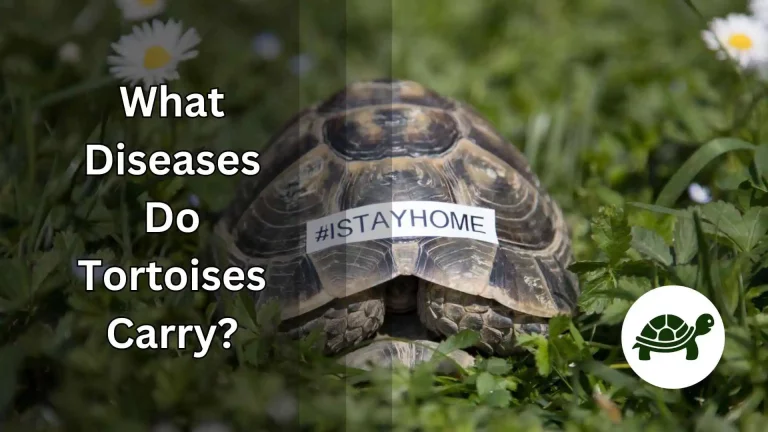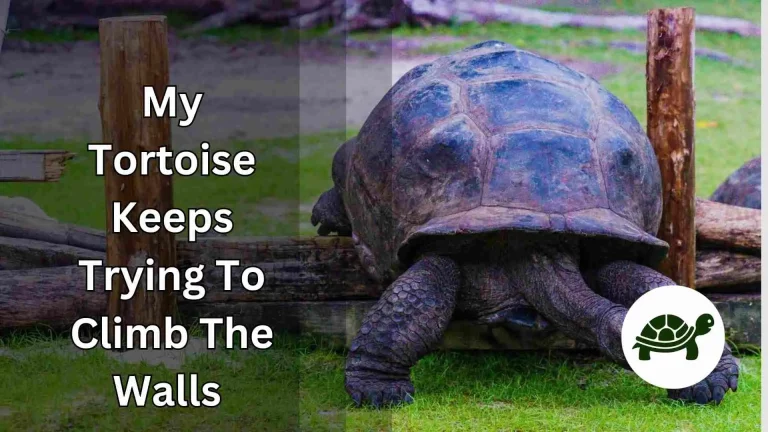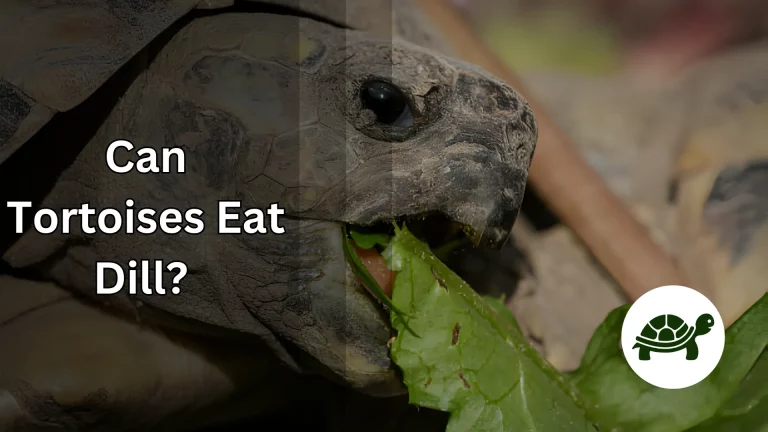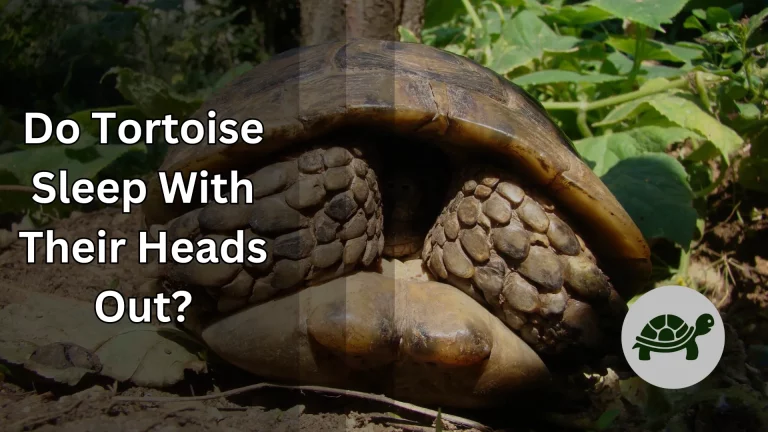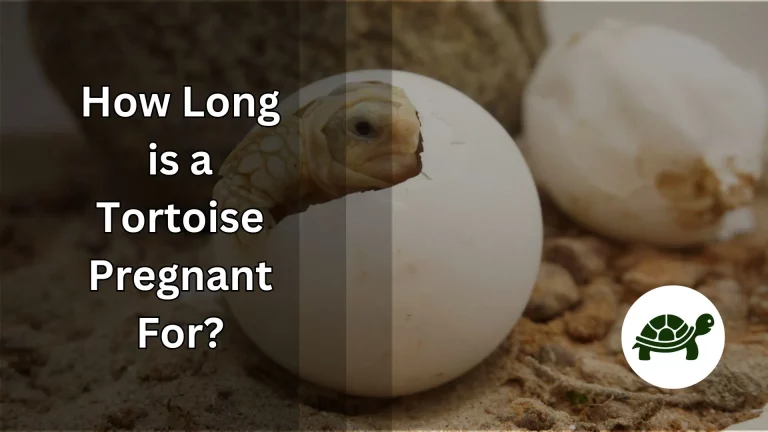How Long Does a Tortoise Hibernate? – All You Need To Know
Have you ever wondered what happens to tortoises during the colder months of the year? These fascinating creatures have a unique adaptation for survival – hibernation. Unlike bears or squirrels, tortoises undergo a remarkable transformation to brave the cold. Understanding the hibernation process in tortoises not only highlights their resilience but also sheds light on their complex biological rhythms. As we delve into the world of these shelled survivors, we uncover the mysteries of how and why they hibernate.
In this post, we’ll explore the intriguing hibernation habits of tortoises, answering the common question: “How long does a tortoise hibernate?” Whether you’re a tortoise enthusiast, a pet owner, or simply curious about wildlife, this article will provide you with insightful and valuable information about these captivating creatures.
The Hibernation Process in Tortoises
Tortoises are nature’s master hibernators. As temperatures dip, these hardy creatures start preparing for a long winter’s nap. But what exactly happens during this time? Let’s break it down into simple steps. First, tortoises gradually reduce their food intake. This is crucial because food in the stomach during hibernation can cause health issues. They rely on their body’s reserves to get through the winter.
Next, they find a safe spot. In the wild, this might be a burrow or a pile of leaves. Pet tortoises need a similar, controlled environment. The location is key to protect them from extreme cold or predators. During hibernation, tortoises enter a state of minimal activity. Their heart rate and breathing slow down significantly. This reduced metabolic rate is essential for conserving energy.
Hibernation in tortoises is not just ‘sleeping through winter.’ It’s a complex and carefully balanced survival strategy. It allows them to endure periods when food is scarce and temperatures are too low for their usual activities. By understanding this process, we can appreciate the delicate balance of nature and the incredible adaptability of these creatures.
Duration of Hibernation in Tortoises
How long do tortoises hibernate? It’s a question many tortoise owners and enthusiasts ask. The answer varies, but typically, tortoises hibernate for 3 to 4 months. However, this duration can change based on several factors like species, age, health, and environmental conditions.
Different species have different needs. For example, the popular pet, the Hermann’s tortoise, may hibernate for 3 months, while a Russian tortoise could hibernate a bit longer. Young tortoises and those in warmer climates might have shorter hibernation periods. It’s essential to know your tortoise’s specific needs.
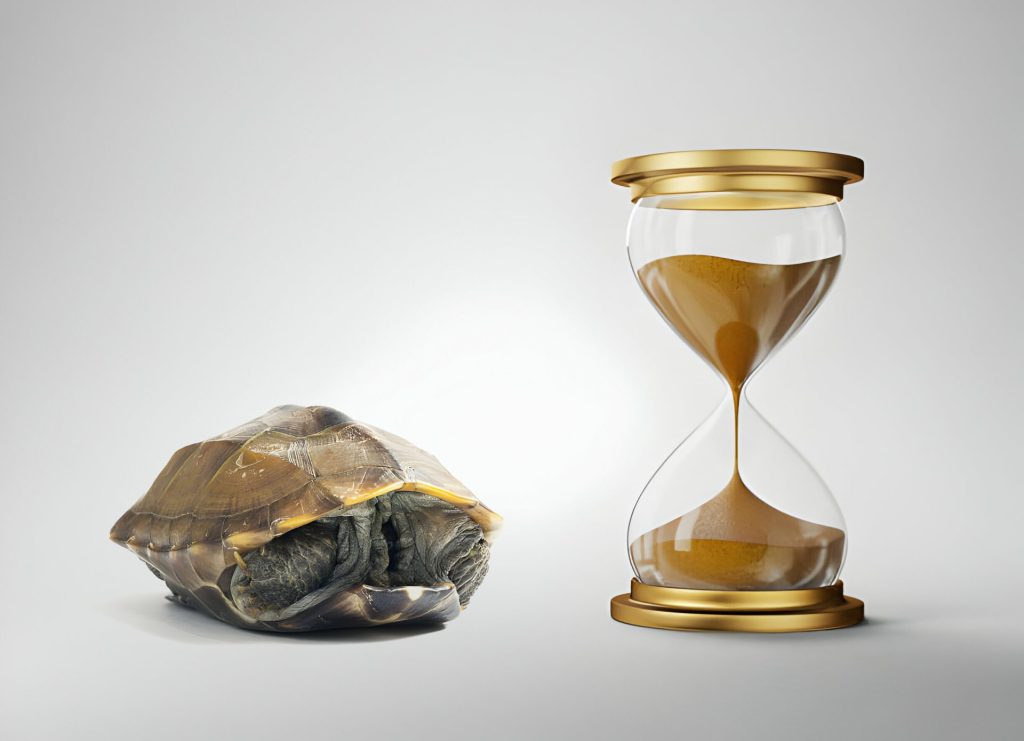
Health plays a big role too. A healthy tortoise can handle longer hibernation, while one with health issues might need a shorter period or even skip it entirely. Monitoring and consulting with a vet is vital for your tortoise’s well-being.
Remember, hibernation is a natural process, and getting it right is key to your tortoise’s health. Paying attention to these details helps ensure they wake up healthy and ready for the warmer months.
The Role of Environment and Species in Tortoise Hibernation
The environment plays a big part in how and when tortoises hibernate. In their natural habitat, tortoises hibernate to survive cold winters. The temperature and the length of daylight tell them when it’s time to start. In warmer climates, some tortoises may hibernate less or not at all. It all depends on their surroundings.

Species differences are just as important. Each type of tortoise has its own hibernation pattern. Mediterranean tortoises, like the Greek tortoise, have a long hibernation period because of their native cold winters. In contrast, tropical tortoises, like the Red-footed tortoise, may not hibernate due to the consistently warm temperatures of their habitats.
For pet tortoises, replicating their natural environment is crucial. This means controlling the temperature and light in their living space. It helps mimic the conditions they would experience in the wild, ensuring a natural and healthy hibernation cycle.
Caring for a Hibernating Tortoise
Caring for a hibernating tortoise is a unique responsibility. It’s not just about leaving them alone; it’s about creating the right conditions for a safe hibernation. The first step is ensuring your tortoise is healthy enough to hibernate. A pre-hibernation check-up with a vet is a good idea.
Create a suitable hibernation environment. For indoor hibernation, use a box with proper insulation and ventilation. The temperature should be consistent, ideally between 2 to 10 degrees Celsius. This cool temperature slows their metabolism but prevents them from freezing.
Monitor their weight regularly. A healthy weight loss during hibernation is normal, but too much can be a concern. Check for any signs of distress or illness. If you notice anything unusual, it’s best to consult a vet.
Remember, hydration is key before and after hibernation. Ensure your tortoise is well-hydrated before they start their winter sleep. And once they wake up, offer them water and a healthy diet to help them recover their strength.
Caring for a hibernating tortoise is all about attention to detail and understanding their needs. With the right care, your tortoise can emerge from hibernation healthy and ready for the warmer months.
Frequently Asked Questions (FAQs) About Tortoise Hibernation
1. At what age can a tortoise start hibernating?
Young tortoises, especially those under one year old, typically don’t hibernate because it can be risky for their developing bodies. They need continuous growth and food intake. The ideal age to start hibernation is usually after they reach one or two years, but it’s important to consult with a vet to determine the right time based on health and species.
2. How do I know if my tortoise is ready for hibernation?
A healthy tortoise should have a good appetite, steady weight, and be free from any signs of illness before hibernation. Pre-hibernation health checks are crucial. Look for active behavior and clear, bright eyes as signs of readiness. A vet can also confirm if your tortoise is fit for hibernation.
3. Can tortoises hibernate in the house?
Yes, indoor hibernation is possible and often recommended for pet tortoises. The environment needs to be carefully controlled, keeping the temperature steady and low, usually between 2 to 10 degrees Celsius. Use an insulated, ventilated box to mimic natural conditions.
4. What should I do if my tortoise wakes up early from hibernation?
If your tortoise wakes up early, ensure it’s warm and safe. Offer water to prevent dehydration and monitor its behavior. If it’s weeks early, consult a vet for advice, as returning them to hibernation might not always be safe or practical.
5. How do I care for my tortoise after hibernation?
Post-hibernation care is critical. Start by offering water to help rehydrate. Then, gradually reintroduce food, starting with light, easy-to-digest options. Keep them in a warm, well-lit area to help them adjust. Monitoring their behavior and weight during this time is important to ensure they are recovering well from hibernation.
Conclusion
As we’ve explored, the hibernation of tortoises is a complex yet fascinating process. It showcases the remarkable adaptability of these creatures to their environment. Whether you’re a tortoise owner or just someone fascinated by wildlife, understanding the nuances of tortoise hibernation can deepen your appreciation for these resilient reptiles. From the preparation stages to the actual hibernation and the eventual waking up, each step is a testament to the incredible natural instincts of tortoises.
Remember, if you’re caring for a hibernating tortoise, it’s about more than just providing a space for them to sleep. It’s about ensuring their health and safety throughout this critical period. By understanding the specific needs of your tortoise, based on their species, age, and health, you can help them through a successful hibernation. With the right care and knowledge, you can ensure your shelled companion emerges from hibernation ready to thrive in the warmer months ahead.


